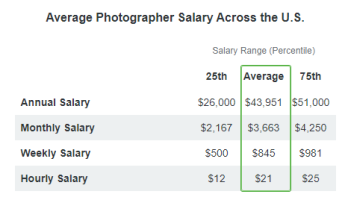I doubt this modest change would cause people to start using the more battery-draining live view mode for remotes which they sometimes can't access for hours. I have never used live view for a remote - and can't recall seeing anyone else doing that - either in person or in a tv broadcast. The light from the screens might also not be popular with tv broadcasters if you have 10 of them close to a long jump sandpit for instance. Unless you can turn off the screen while still in live view technically speaking. But not sure if this is doable.
It's easily doable. Anyone with the resources to have a remote camera inside the competition areas of a world class gymnastics meet also has access to electrical power at that location. AC couplers (instead of batteries) and outputting the video over LAN or HDMI cable allows the screen to be left off and the camera powered indefinitely.
I don't know that, but seeing there is no mention of what could be potentially be a groundbreaking new feature for many sports shooters, I assume it sounds pretty much like the predecessors. Which is not surprising, of course. I'm just listing things that would be strong selling points. Esp. for shooters considering a switch to mirrorless.
The press release does mention electronic shutter, which even a sceptic like yourself should surely assume is silent? How long do you want the press release to be in order to explicitly mention every single feature of a camera that will have a User's Manual that is 500-600 pages or more?
I didn't read that from the press release. Are you sure you can transfer files from the built-in WiFi unit - and does it support both ad hoc (direct connection to another device) and infrastructure (connection to an Access Point)? I was excited to read this part, but they immediately go on to mention a new WFT device in relation to file transfers. It just doesn't seem very innovative for 2020 to still have to rely on a clunky 500-600 USD appendage.
It may not have been in the actual press release. The video posted about 2 minutes after midnight EDT by B&H on the date of the announcement may have been where I first saw it. The external WiFi unit is for when longer radio range is needed. The internal WiFi radio is capable of all the same functions as the external unit. The difference is that the non-external antenna is more limited in range due to the camera's metal alloy body.
I guess they might, but no real mention of this in the press release. AF improvements seemed mostly to be in live view mode.
Again, how long do you want a press release announcement telling of a camera under development that is still a few months away from release to be?
No, and it is indeed an interesting new addition/potential improvement if it can be pulled off successfully. So I hope they know what they are doing as this is an essential working function.
So basically, you're assuming anything they are claiming to improve won't be an actual improvement because you hope it is the case so that you'll feel more secure in being a fan of another brand's products?
Upvote
0

